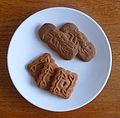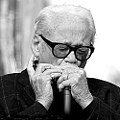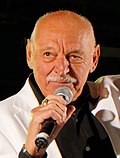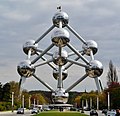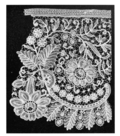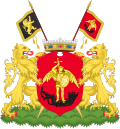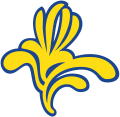Vexillology
 | The flag of the Brussels-Capital Region consists of a stylised yellow iris on a blue background. |
 | The flag of the Flemish Community Commission consists of the former flag of the Brussels-Capital Region and the flag of Flanders. |
 | The flag of the French Community Commission consists of the former flag of the Brussels-Capital Region and the flag of Wallonia. |














